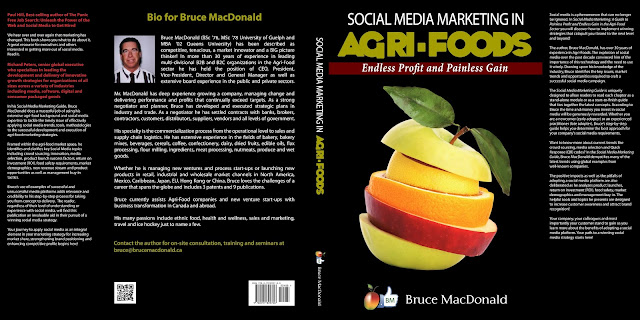Published 24 DECEMBER 2013 in foodtank.org
Innovation for Sustainability: Sahara Forest Project Uses Sand, Sunlight to Produce Food and Water

Using a number of innovative technologies, the Sahara Forest Project is turning deserts into productive agricultural land. (Carolina Arantes)
Launched in 2009 by a group of entrepreneurs in Qatar, the Sahara Forest Project is an agriculture initiative that uses abundant desert resources—sunlight, sand and carbon dioxide (CO2)—to produce what deserts desperately need: a self-sufficient food production system, water, and energy. The Sahara Forest Project aims to create opportunities for small-scale, family farmers to grow food and produce energy and drinking water in otherwise arid and inhospitable conditions.
The project’s pilot facility is in Qatar, which was chosen for its location and access to funding. The source of water for the project is a seawater pipeline pumped from the Persian Gulf. Three key components—saltwater-cooled greenhouses, Concentrated Solar Power (CSP), and other technologies such as evaporative hedges—all aid in establishing vegetation in arid conditions.
The saltwater-cooled greenhouses work similarly to a typical greenhouse, except the seawater that is pumped in is evaporated by wind instead of by fan. The seawater cools and humidifies the greenhouses. CSP harvests the abundance of sunlight in the desert to produce electricity and heat. Solar panels contain tiny mirrors that produce heat to indirectly produce electricity via steam turbine-controlled generators. The evaporative hedges enable revegetation by sheltering plants that would normally not be able to grow in open, arid environments and enabling a cooler, more humid environment. Efficiency is key, as the project aims to solve the problem of farming in the desert without creating more problems down the road.
The goal for each project is to become integrated with the local economy, but each project starts as a Test and Demonstration Center (T&DC), where the location and technologies go through a series of field tests. The T&DC is the site of innovation for the entire project, but also employs and educates the local community and provides research on arid revegetation.
The full-scale commercialization of the project, named “The Oasis,” involves the output of vegetation and CSP. This is where location impacts the project, because the focus can be on the output of food, water, or energy, depending on what is most needed by the local community. While one main operator owns the Oasis, the ultimate goal of the Sahara Forest Project is to transition each project into a farming community. The goal is to have local farmers rent the land, most likely through microfinance, and establish small-scale enterprises.
The Sahara Forest Project is ambitious, but promising results have emerged from the project’s pilot facility in Qatar. The facility in Qatar became operational in December 2012, with the first cucumber harvest in late November of 2012 and the first barley harvest in late April of 2013. Another facility is set for development in Jordan. While development is slower in Jordan, agriculture is growing in Qatar.
To learn more about the Sahara Forest Project, visit http://saharaforestproject.com.
There are exciting innovations being developed in kitchens, fields, laboratories, boardrooms, schools, and back yards that are making the food system more environmentally, socially, and economically sustainable. Food Tank will feature these valuable contributions for food system sustainability each week.
The book is available on Amazon and Kindle for $4.99 USD. Visit amazon/Kindle to order now:
http://www.amazon.ca/Social-Media-Marketing-Agri-Foods-ebook/dp/B00C42OB3E/ref=sr_1_1?s=digital-text&ie=UTF8&qid=1364756966&sr=1-1
Thanks for taking the time

No comments:
Post a Comment